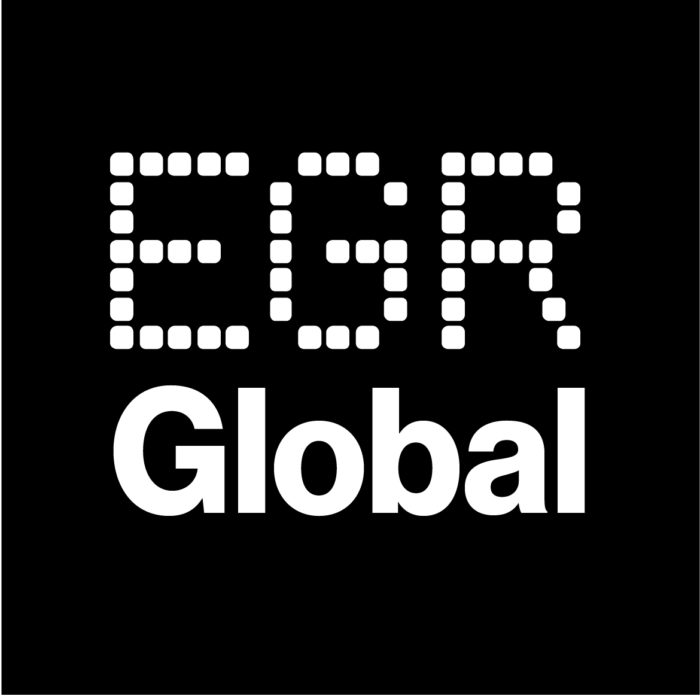
Industry predictions for 2025: Gambling Commission gets tougher and streaming soars
BetHog CEO and co-founder Nigel Eccles and Harris Hagan partner David Whyte theorise on how the sector could shape up this year

Nigel Eccles, CEO and co-founder at BetHog

Crypto will become the dominant payment mechanism
With Bitcoin now topping $100,000, crypto now represents a $4tn asset class. And unlike other asset classes like say stocks or gold, it is highly liquid and mobile. Crypto holders also skew young and are risk seekers, and have a high overlap with the typical online betting demographic.
From an operator’s perspective, crypto solves one of their biggest problems which is payments. Even onshore regulated operators get hammered on payment costs. FanDuel reports over 12% of GGR eaten up in payments costs and DraftKings paid around $500M on payment costs in 2024. Additionally customer behaviour is changing with users now regularly withdrawing on wins which is making this issue even worse. Finally, for offshore operators the payment costs are even higher.
Crypto negates these issues with transfers being incredibly cheap and near instantaneous. This is particularly the case on modern blockchains like Solana and L2s like Base. As a cherry on top there are no chargebacks or reliance on fickle payment providers.
Streaming will expand to be the major source of customer acquisition
Streaming has already become a major source of customer acquisition for online casinos with Kick, Twitch, YouTube, Instagram and TikTok all becoming key platforms. It has also brought an incredible social element that online casinos previously lacked. Games that were previously a solo experience, are now a highly social experience.
However, the quality of a lot of streaming content remains very low. Production values are often non-existent and streamers don’t plan out how to create quality content. Like we have seen before with podcasts and original YouTube content, I expect we will see a dramatic increase in the quality of streaming. We should see more structure, regularity and investment. It is even possible that we see an emergence of semi-scripted and reality TV versions of real money gaming streams.
This will be a major boom for online casinos that lean into this vertical.
Casino games will become interactive and social
While streaming has risen to be a new major form of customer acquisition, the games they have been playing haven’t really changed. We watch streamers play the same five reel slot games that I was playing five, 10, even 20 years ago.
In 2025 I expect we will see more casino products be developed specifically for this vertical. An example of this is a title we just launched called Hogger. It is a crash game where the player tries to navigate a hog across a busy motorway. The twist in our version is that fans of the streamer can bet on how far the streamer will get in each round. In our early testing we’ve found this creates hilarious interactions between the streamer and fans.
An additional area we think that is underdeveloped is peer versus peer where streamers can play against their fans. These games of skill often open up whole new categories of players that wouldn’t normally play casino games.
David Whyte, Harris Hagan partner

Increased compliance
The second half of 2024 saw increased compliance activity by the Gambling Commission and we expect this to continue into 2025, particularly as further changes driven by the white paper are implemented. Operators have at least some of the clarity they desired following the introduction of the ‘voluntary code on customer checks and documentation requests based on spend’ that was developed by the Betting and Gaming Council in partnership with the regulator.
Financial risk has quickly been replaced with an increased focus by the Gambling Commission on broader safer gambling risk indicators; specifically, markers of harm. Operators should expect heightened scrutiny of their safer gambling controls, algorithms and approach to evaluation. Increased and automated action for those customers who display strong indicators is essential, and marketing activities, including direct marketing, will be more closely monitored and assessed. B2B suppliers should also expect to be in the spotlight in 2025, including as part of the Gambling Commission’s illegal market disruption strategy.
To the Gambling Commission’s credit, it continues to engage and collaborate with the industry and its transparency and patience is enabling and encouraging operators to improve their standards quickly. Operators should ensure they take full advantage of Gambling Commission engagement opportunities whenever possible.
Even more M&A activity
Despite the challenging macroeconomic climate, M&A activity significantly increased in 2024. The sector has seen a number of key M&A trends, including in the previously untapped B2B sector and significantly increased private equity take-privates. We expect these trends to continue in 2025, particularly as companies continue their expansion in the US and Latam and look to consolidate and restructure to optimise operational efficiency and rebalance diminishing profits in mature regulated markets.
Decreasing interest rates, increased accessibility to capital and the new Trump administration are strong indicators that 2025 will be a big year for gambling M&A, and long-discussed transactions that have been on the shelf for some time may be dusted off.
Enforcement action on the rise
In comparison to previous years, 2024 has seen limited enforcement activity by the Gambling Commission: this is likely to change in 2025. There remains an increased focus by the Gambling Commission and all other stakeholders on the illegal market, both nationally and internationally.
The Gambling Commission’s illegal market disruption strategy has already extended into the activities of B2B suppliers and this is likely to intensify and extend to licensees’ commercial relationships with third parties with whom they contract for the provision of licensed activities, given their regulatory accountability for that third parties’ actions.
The regulator’s patience with operators that have been subject to compliance failings will only extend so far, as will its tolerance for the extent of the failings it identifies. When combined with increased compliance activity, enforcement activity is inevitable.